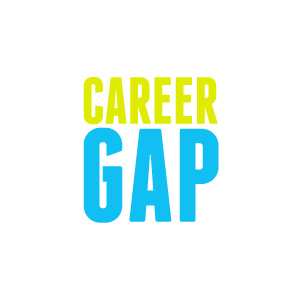
Potential employers may view gaps in your employment history as a red flag. We show you how to deal with such gaps.
It’s very common today for employees to take time off between jobs. This can happen for a number of different reasons such as raising a family, taking care of a family member who is ill, not being able to find the “ideal” job, recovering from an illness, travelling, or simply taking a break after graduating from college.
If there are gaps in your work history, for whatever reason, there are essentially two ways you can deal with them.
1. Firstly, you can draw the reader’s attention to them by presenting your reasons in the most positive way you can. For example, Career Break – state this and show the relevant positive experiences that you gained during your time off.
2. Alternatively, you can change the format of your Resume from the more traditional chronological style to the functional Resume. The functional Resume focuses more on your skills in different areas rather than a timeline of your employment history. Also, it allows the opportunity for you to include any experience you gained while you were out of the workforce under a separate heading such as “Additional Experience”.
The Functional Resume
For example, let’s say you’ve been out of the workforce for several years and are now looking for a job. Your Resume should start out with a brief “Summary of Qualifications” which is a paragraph containing an overview of skills and areas of experience.
Under the next section entitled “Areas of Strength” either list key words appropriate to your professional experience or break it down into several distinct areas of experience with bulleted items. Maybe your “Areas of Strength” include Sales and Marketing or Teaching and Office Administration. You can make each one a separate category and list three or four items under each heading to indicate your experience and skills in each area.
The next section, “Professional Experience” lists related jobs, titles, and responsibilities. But do not omit the dates! By leaving out dates of employment on a Resume, you will raise more questions.
And finally under the section Additional Experience, you can put any skills learned while you were on your break – include any classes or technical training or part-time or volunteer work while you were recovering from a car accident or caring for an elderly parent. This draws attention away from the gap itself and attracts more attention to your experience and capabilities.
If you took time off to raise a family, for example, you used various skills, such as managing a budget and time management, they would be excellent skills to be used in your new job. If you took time off to travel, pull pieces of information from your travelling experience that would be valuable skills in your next job.
Especially when visiting foreign lands, you may pick up on some basic foreign language skills or learn about the culture, traditions, and customs. This would prove to be a valuable asset to companies that engage in international business. And if nothing else, it may show that you are a well-rounded person.
Be creative
You should think of filling gaps in your employment history creatively by thinking of useful tasks done during this period. Sometimes you might not be paid but might have received experience relevant to your job. Community projects, special projects, freelance consulting engagements, continuing education etc., could all be used in the experience section in place of paid employment.
Whichever way you choose, it’s important to emphasise that you should acknowledge that these gaps exist and be prepared to address them in your Resume and at the interview, since potential employers may view any such gap as a red flag.
Debbie O’Halloran
